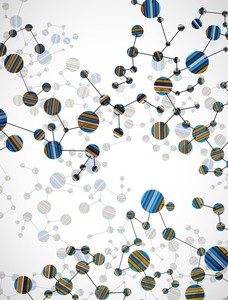Advances in analytical characterization and increased understanding of drug mechanisms of action have resulted in the ability to raise the quality and safety of biosimilars by introducing critical quality attributes (CQA), which must be preserved during the manufacturing process. However, to realize these benefits, biosimilars manufacturers must develop the means to ensure these CQAs are met. For afucosylated IgG1s that rely on afucosylation content for efficacy, this has been challenging, since precisely matching both afucosylation content and biological activity has proven to be extremely difficult. In a recent paper, Chung and Zhan [1] elaborate on the underlying basis of these difficulties and highlight the work of several groups that has opened a path to directly addressing this problem.
- INICIO
-
Genéricos
Novedades
- FDA approves generic teriparatide and levetiracetam
- US generics launch and approval for Dr Reddy’s and Lupin
- Five Chinese companies join UN’s MPP for Covid-19 medicines
- South Korean companies to make generic Bridion and COVID-19 drugs
Investigación
- Japan’s drug shortage crisis: challenges and policy solutions
- Saudi FDA drug approvals and GMP inspections: trend analysis
- Generic medications in the Lebanese community: understanding and public perception
- Community pharmacists’ understanding of generic and biosimilar drugs: Lebanon case study
General
- Crecimiento de medicamentos genéricos en Brasil y Venezuela
- EMA launches European shortages monitoring platform to tackle persistent medicine shortages
- Penetración de los medicamentos genéricos en México y Brasil
- FDA releases one-year progress report for the Generic Drug Cluster
-
Biosimilares
Novedades
- FDA approves aflibercept biosimilar Eydenzelt and label expansion for adalimumab biosimilar Yuflyma
- ANVISA aprueba cuatro biosimilares para denosumab, trastuzumab y aflibercept
- Biosimilars referencing Amgen’s Neulasta and Neupogen launch in Canada and US
- La EMA recomienda la aprobación de nueve biosimilares
- MORE EDITORIAL SECTIONS
- Search








 0
0











Post your comment